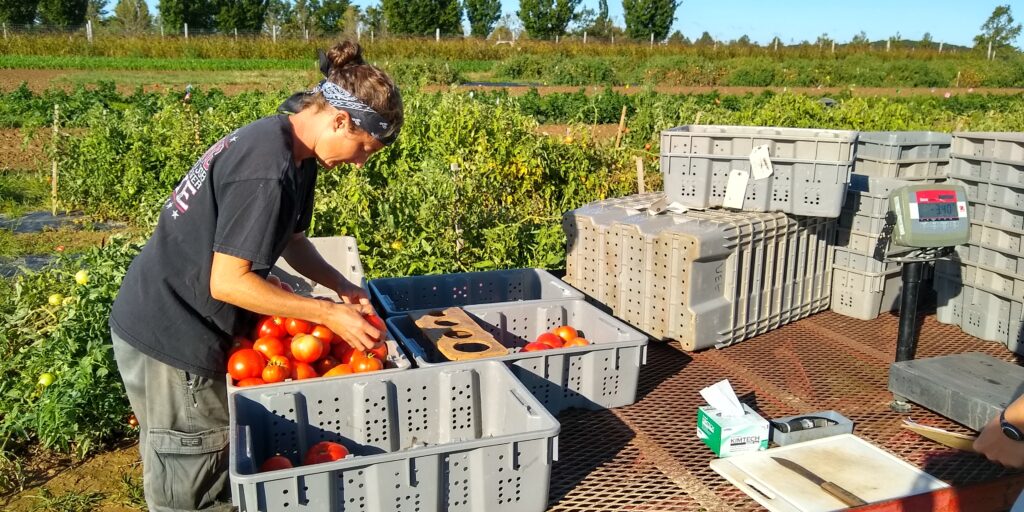Nutrient pollution resulting from wastewater, fertilizer and stormwater runoff negatively impacts the health of the Long Island Sound and its coastal bays, harbors, and tidal estuaries. One way to address this pollution is through bioextraction — a method that combines growing and harvesting shellfish and seaweed for the purpose of removing nitrogen and other nutrients from coastal waters. As these species develop and grow, they take up available nutrients in the water. The cultivation of shellfish and seaweed also provides environmental co-benefits like creating marine habitat and sequestering carbon.
The Long Island Nitrogen Action Plan (LINAP), a collaboration between the New York State Department of Environmental Conservation, the Long Island Regional Planning Council (LIRPC), and Suffolk and Nassau counties, New York, is a multiyear effort to make meaningful reductions in nitrogen levels. In 2018, LINAP launched the Nutrient Bioextraction Initiative in partnership with NEIWPCC and LIRPC, with funding provided by the Long Island Sound Study (LISS). In support of this work, two new reports prepared for NEIWPCC and LISS detail recent bioextraction research.
In one study, researchers at Cornell Cooperative Extension of Suffolk County evaluated sugar kelp (Saccharina latissima), which was cultivated and harvested from the Long Island Sound, for its potential use as a fertilizer amendment. The research expanded on previous studies conducted at an agricultural research facility and tested the same protocols but with the purpose of investigating commercial-use opportunities.
Trials included comparisons of tomato yield, fruit quality and soil properties of three treatments: no kelp, Long Island Sound sugar kelp meal, and a commercially available kelp meal. While the tomato yield results were similar across the three test groups, a nutrient analysis of the fruit revealed that phosphorus, zinc, and sulfur levels were significantly higher in the Long Island Sound sugar kelp treatment. Phosphorus and sulfur are also associated with improved tomato flavor and taste. Similar trials were conducted for basil and greenhouse potted leafy greens. The researchers concluded that the application of Long Island Sound sugar kelp meal can be beneficial for improving the uptake of certain plant nutrients that improve crop quality, demonstrating positive implications for commercial use.

The Economic Feasibility of Commercial Nutrient Bioextraction in Long Island Sound study, led by SUNY Farmingdale College, investigated the potential for a commercial bioextraction industry in Long Island Sound to remove nitrogen pollution using seaweed and shellfish aquaculture. The analysis was conducted along three lines of research. The first task identified the most effective seaweed and shellfish species for nutrient bioextraction in Long Island Sound based on their nitrogen uptake potential, growth rate, and habitat suitability.
Next, the researchers evaluated the top recommended commercial markets for these species. This was followed by an economic analysis of the cost and operating structure to evaluate whether the identified species can be cultivated profitably. The researchers found that the top contenders for nitrogen bioextraction were green seaweeds within the genera Ulva and Cladophora, soft-shell clams, bay scallops and ribbed mussels. The report concluded that a commercial bioextraction industry of the identified species could be profitable in Long Island Sound.
The reports are available on NEIWPCC’s Resource Library webpage. Both research projects were funded by the U.S. EPA to NEIWPCC in partnership with the Long Island Sound Study.